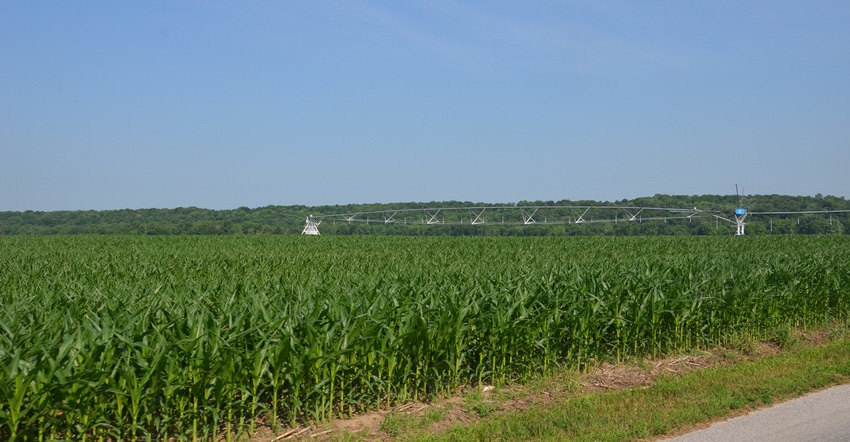April 5, 2021

Perhaps you rent land from an absentee landowner, or maybe you are one. They control a sizable share of the country’s agricultural land base, but they’re not a homogenous group.
Stephanie McLain, a writer for the Salute Soil Health series, recently noted that absentee landowners care about soil health and should be included in plans for improving their land. Her conclusions were bolstered by data from an American Farmland Trust Survey.
While we agree that landowners should care about their land, a USDA Economic Research Service report indicates that not all landowners feel that way. This study found more mixed results in how absentee landowners may or may not be involved in decisions about soil health.
Congress was apparently worried about the same things, which led to the American Farmland Trust study. It recognized that absentee landowners are a sizable group, and it wanted to know more about possible implications on long-term soil productivity and vitality in rural communities.
So, through the Agriculture Improvement Act of 2018, the House and Senate Committees of Agriculture in Congress mandated ERS to study it.
Recent findings
The American Farmland Trust survey and the newly released ERS report agree on demographics. Nearly 4 out of 10 acres in the contiguous 48 states are rented. And 80% of those acres are owned by people who don’t operate farms.
How far absentee landowners live from their farms varies considerably. In the 25 states measured, most live within 100 miles of the land they rent out. In the Midwest, landowners live closer to tenants. Nationwide, most absentee landowners live within 50 miles of their land. Another sizable chunk live 50 to 100 miles away. However, about the same number live 200 to 500 miles away and some are more than 1,000 miles removed. Technically, in the ERS study, absentee landlords were classified as those who lived 100 miles away and didn’t operate a farm.
The ERS study concluded that any association between the prevalence of absentee landlords and measures to improve soil health was mixed. On one hand, there was a higher share of absentee landowners in states with a larger increase in conservation tillage and no-till farming practices from 2012 through 2017. Yet states with a higher percentage of absentee landowners had a lower percentage of cover crops in 2017.
Take-away thoughts
So, after two studies, one paid for by taxpayer money, do we know anything new? Both studies confirmed that absentee landowners control a significant share of the country’s cropland base. You likely guessed as much.
One study indicates absentee landowners are interested in improving their land, while the other shows mixed results. That’s not surprising. Absentee landowners are as varied as farmers. Some are retired farmers or children only one generation removed from the farm. Others are heirs who know little about farming or conservation.
For our money, McLain has the right idea, and it didn’t take a taxpayer-funded study to figure it out. If you rent from an absentee landowner, do your best to keep them in the loop. Encourage interest in the soil health of their farm. Some will respond to the conservation message.
Others likely will not — they just want the check. However, you won’t know until you try.
You May Also Like




